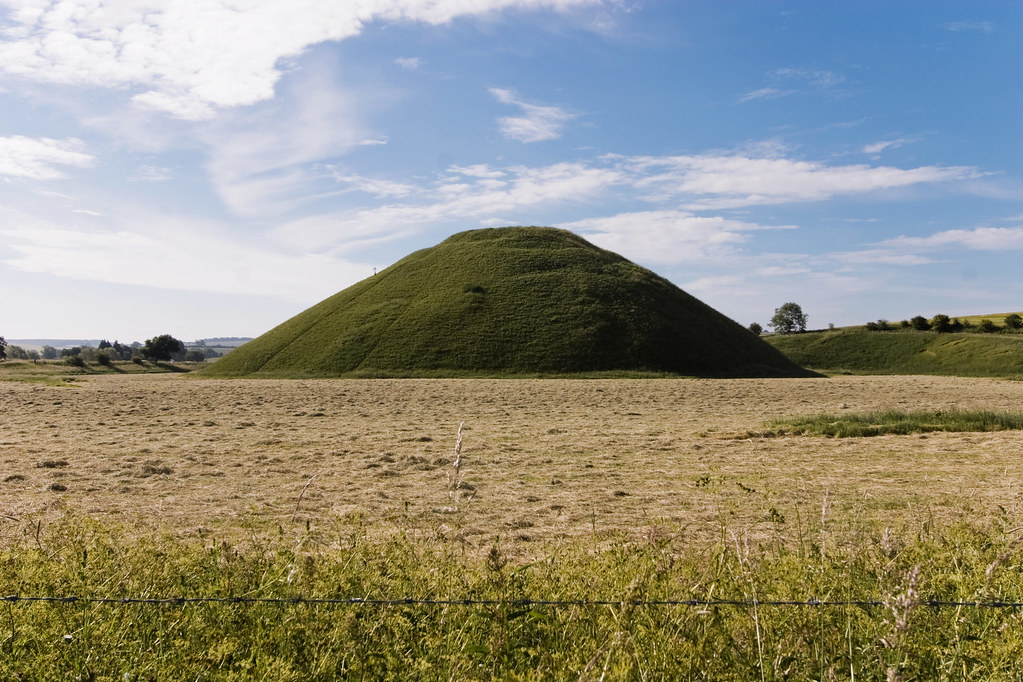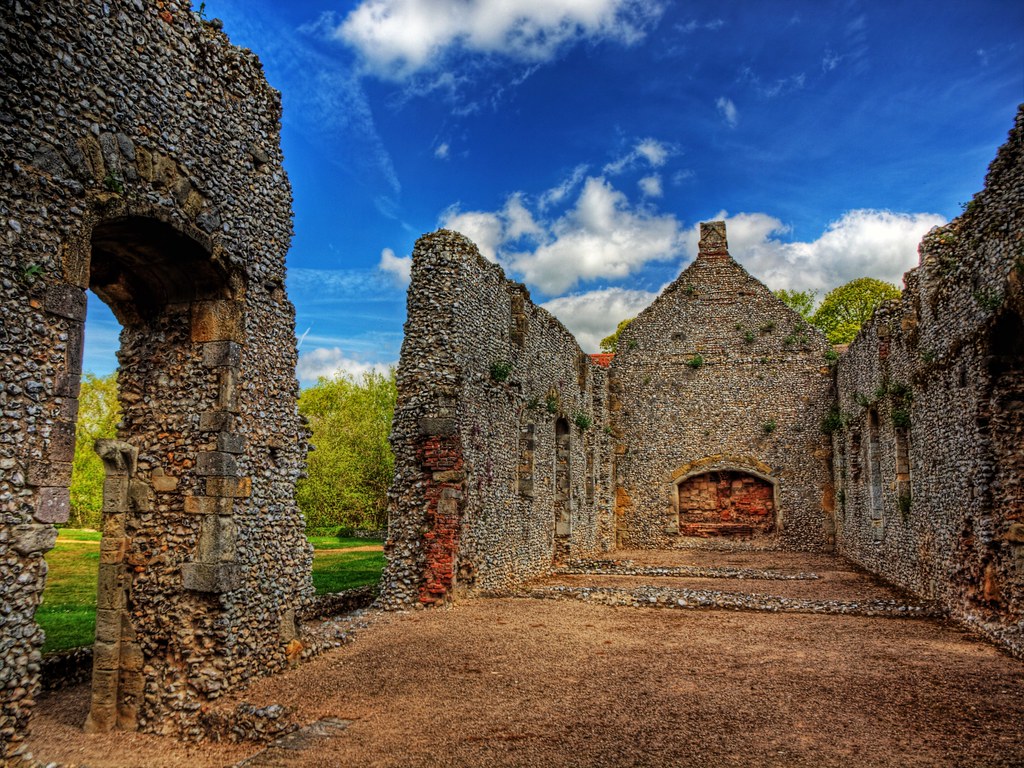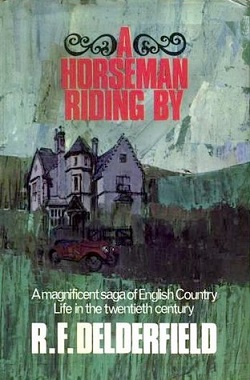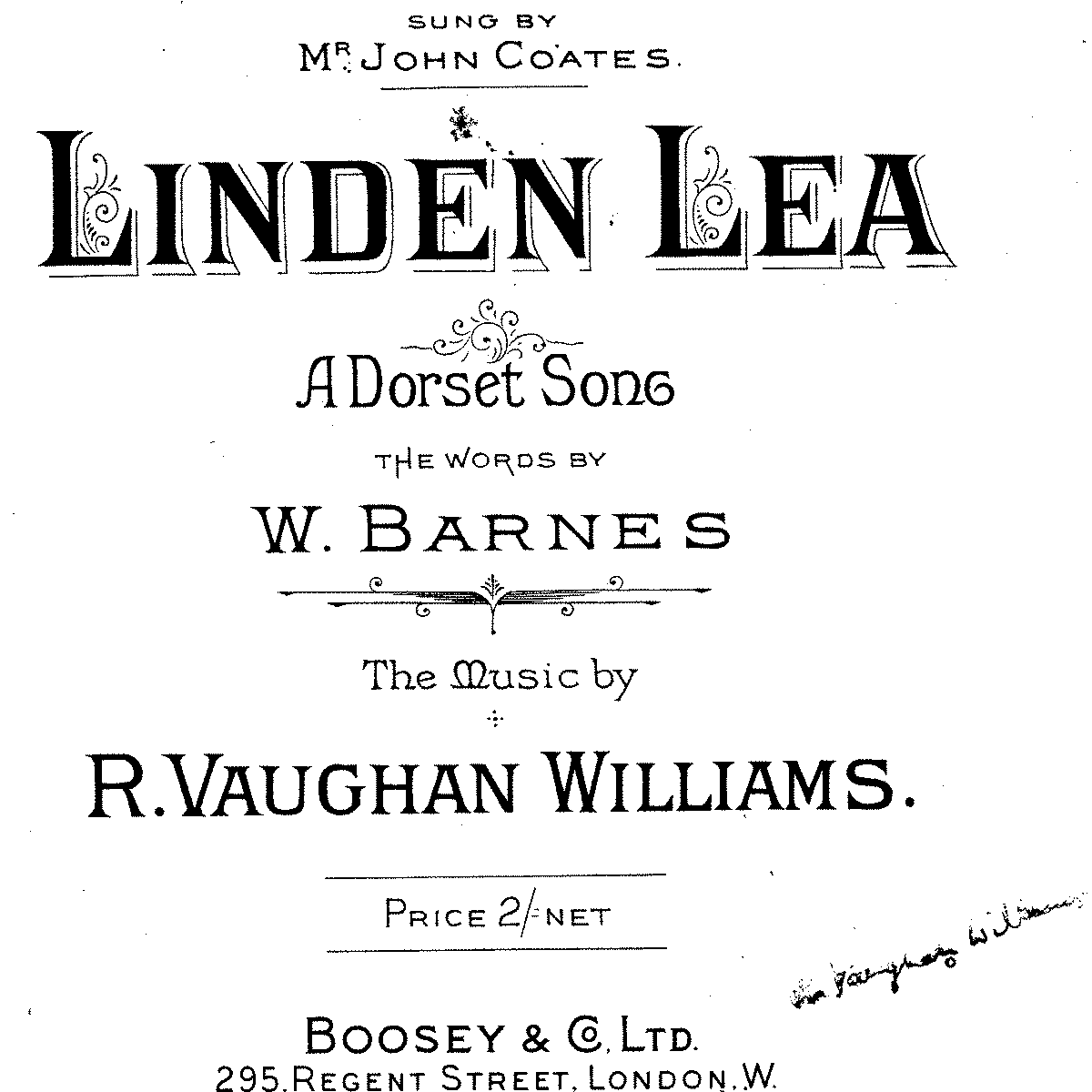Silbury Hill is a neolithic chalk mound near Avebury in Wiltshire, the largest artificial mound in Europe. Roughly contemporary with the Egyptian pyramids, it is comparable in size, though its function is unknown, There is no known burial associated with the site, although local legend tells of a King Sil, who was buried along with his horse, both clad in golden armour. It is part of the Avebury UNESCO World Heritage Site.
The mund was not built all at once. Current archaeological research suggests that it was built over a period of around 120 years, between 2470 and 2350 BC. A geophysical survey has revealed evidence of a later Roman road and settlement near the site.
The legendary King Sil, or Zel, is sometimes said to haunt the mound, riding hs gold-armoured horse. Another legend, common to many prehistoric mounds. is that the Devil dumped a load of earth there in order to conceal a golden statue, because reasons. An excavation in 1849 had to be called off due to a thunderstorm, confirming the superstitions of the locals.
Silbury Hill is free to visit, though climbing the hill is forbidden due to the erosion of the site caused by large numbers of visitors. The postcode is SN8 1QH, and the what3words code is appointed.deal.confused. Bus routes 42 and X76 serve nearby West Kennett.





